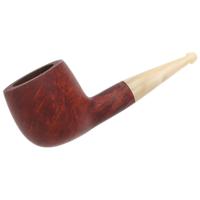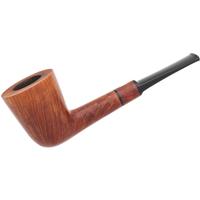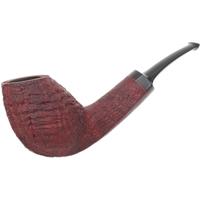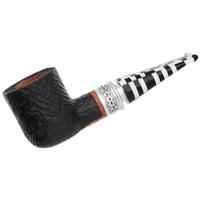This is really interesting - do you think the "extra strong fitting" might include the brass tenon? I've never seen a Melton outside of the catalogue image.
1920s Loewe "Elton" with Sterling Band--The Puzzles Posed by a Not So Benign Century of Use
- Thread starter guylesss
- Start date
SmokingPipes.com Updates
- Status
- Not open for further replies.
Actually I may be getting confused between the stamping of shape names and the grade. My 1910 Brazilian (I think that’s the shape) is only marked with the L and Co. in the circle on the LH side of shankGreat question, and I don't know the answer! As you say, just because shapes had names and numbers in earlier catalogs doesn't necessarily mean those were stamped on the pipe.
Sure, why not? French carvers were making metal and metal reinforced tenons for their pipes in the early days of the last century. Later on, Barling had the De Luxe line that used aluminum tenons.This is really interesting - do you think the "extra strong fitting" might include the brass tenon? I've never seen a Melton outside of the catalogue image.
Sure, why not? French carvers were making metal and metal reinforced tenons for their pipes in the early days of the last century. Later on, Barling had the De Luxe line that used aluminum tenons.
Most famously Delacour innovated the use of metal tenons alloyed with radium in Paris in the early 1900s. These pipes, few in number and highly prized upon their manufacture, eventually became as notoriously cursed as the tombs of Tutankhamun or Tamerlane.
I’ve had 1907 and 1915 Loewes that did not have shape names stamped on them.Great question, and I don't know the answer! As you say, just because shapes had names and numbers in earlier catalogs doesn't necessarily mean those were stamped on the pipe.
Up until I obtained, restored, and published the pre WW1 Barling catalog, none of us knew that their pipes all had names. The names were never stamped on their pipes.I’ve had 1907 and 1915 Loewes that did not have shape names stamped on them.
Up until I obtained, restored, and published the pre WW1 Barling catalog, none of us knew that their pipes all had names. The names were never stamped on their pipes.
One of the reasons I love the Loewe Packet. So many names.. I wonder who was tasked with naming them all.
And, why did they bother, since they didn't stamp them on the pipes.One of the reasons I love the Loewe Packet. So many names.. I wonder who was tasked with naming them all.
- Status
- Not open for further replies.











